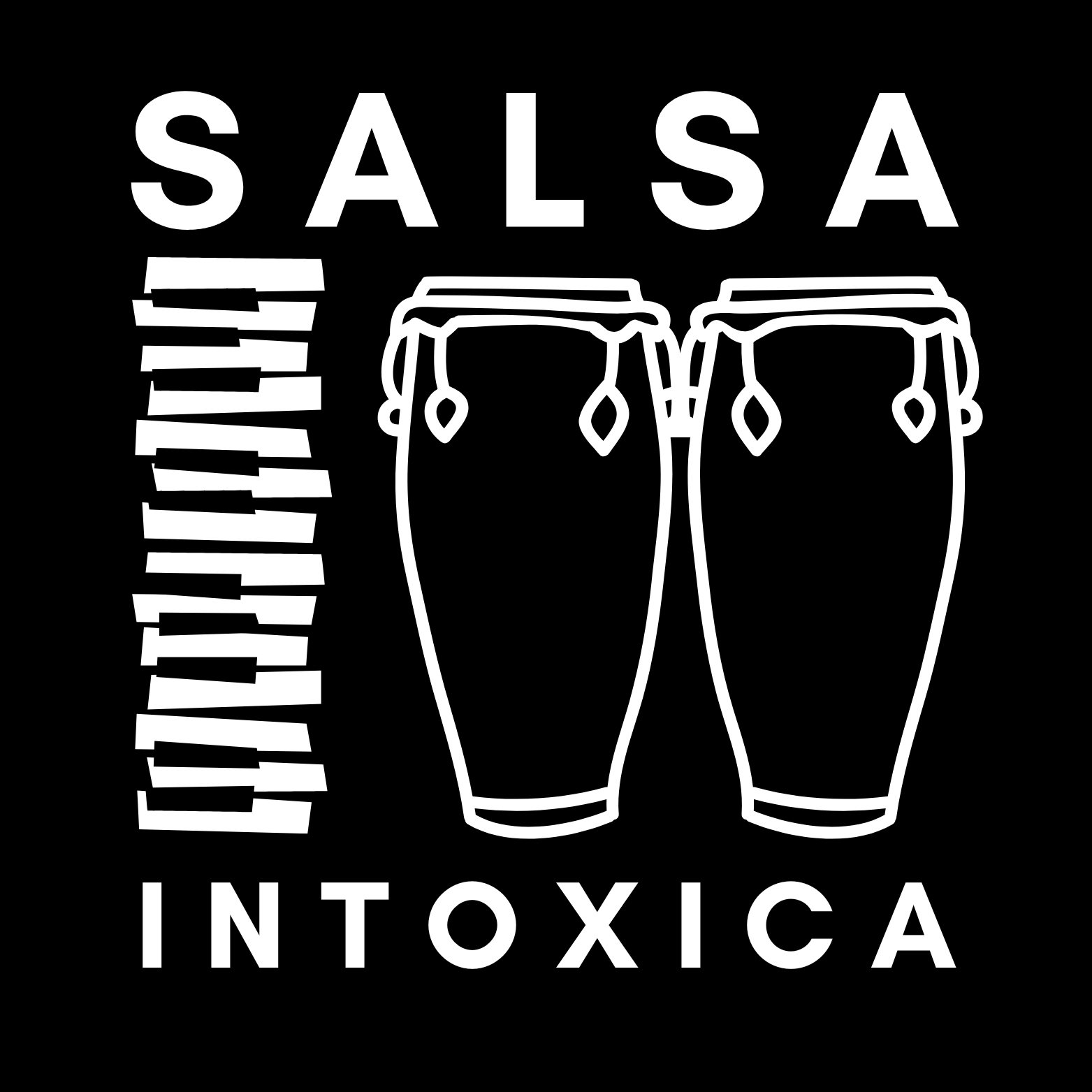People often ask why I focus on the science behind dancing and learning to dance…
To me it’s very simple and obvious.
Salsa dancing, although both an art and a physical skill, requires complex interactions between brain, body and nervous system.
Understand how the brain and body ACTUALLY learn, assimilate and embed new movements, and you can make the process easier, faster and more enjoyable for those who come to Salsa later in life.
I have always had a big fascination with how the human body works.
I built my own fitness and holistic health business around that obsession.
Through that I accumulated a deep knowledge of anatomy and physiology.
I built a toolbox of various physical therapy techniques, including the first year of a Chinese medicine and Acupuncture degree.
Why would I not use and apply that knowledge?
I started Salsa in my 30s with no previous formal dance training.
It was then I realised:
Learning dance is not a simple exercise in copying.
Seeing movement doesn’t automatically lead to doing.
Hearing music doesn’t automatically lead to feeling.
There are always blocks:
Physical – stiff joints, tight muscles, weakness or pain.
Neurological – poor motor control of local and global musculature.
Mental – mindset, thoughts, beliefs.
Social – fear of what others think, do or say.
To join up all the complex nervous system tasks and processes involved in creating new motor patterns with these blocks still in place is like asking a student to run through mud with concrete boots on.
But here’s the thing.
All of these blocks have their root at brain level.
Even the ones that manifest as physical symptoms or behaviour.
They restrict freedom to move, think and act as the truest version of ourselves.
They all impact on the quality and enjoyment of the learning experience.
And we all know that if a student is not having a good experience, they tend to leave.
I have seen enough evidence in my students to know for certain that working with the brain leads to faster progress and better outcomes.
They become better dancers and have more fun, both in the process of learning and when they dance socially in the clubs.
Because they have more freedom:

